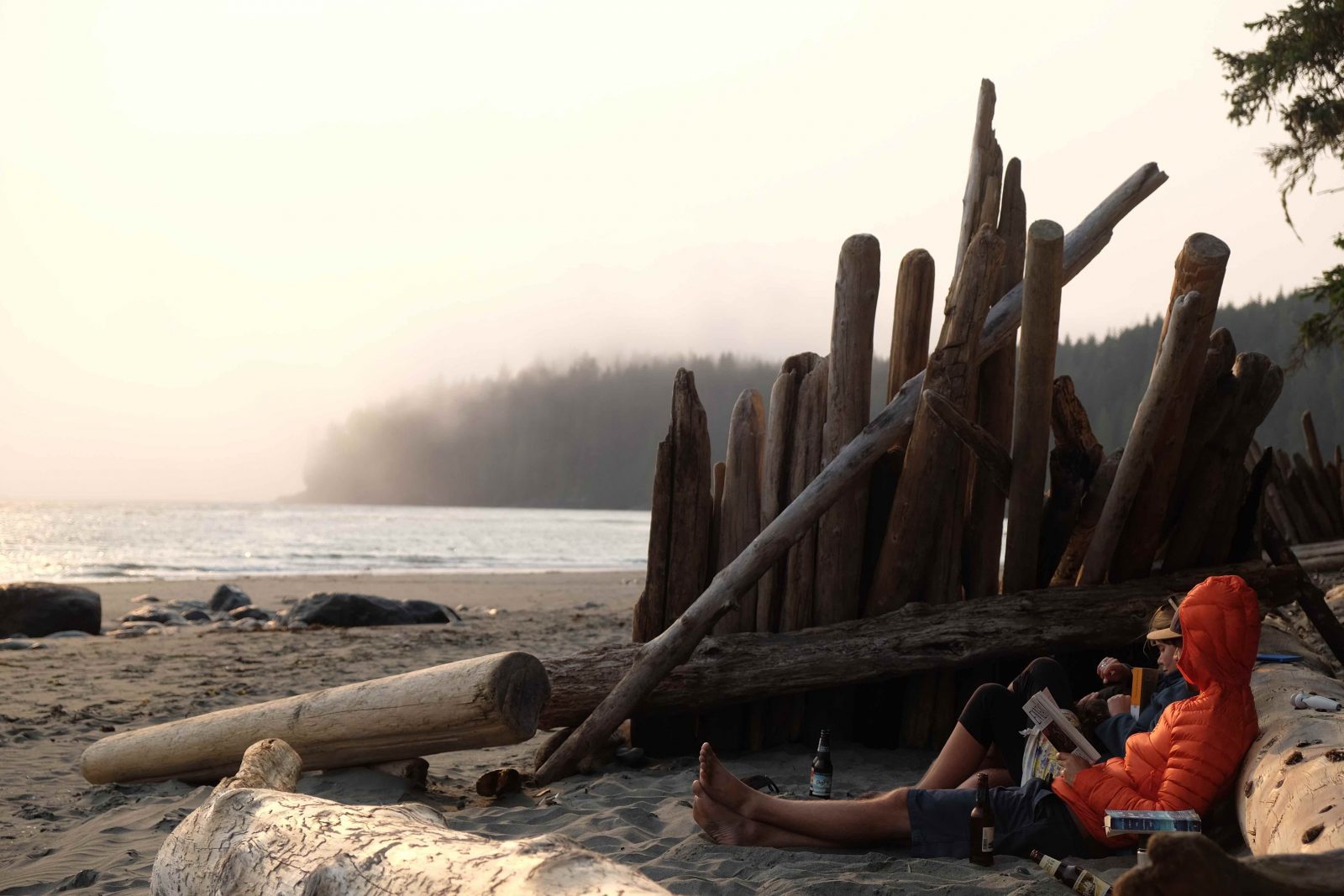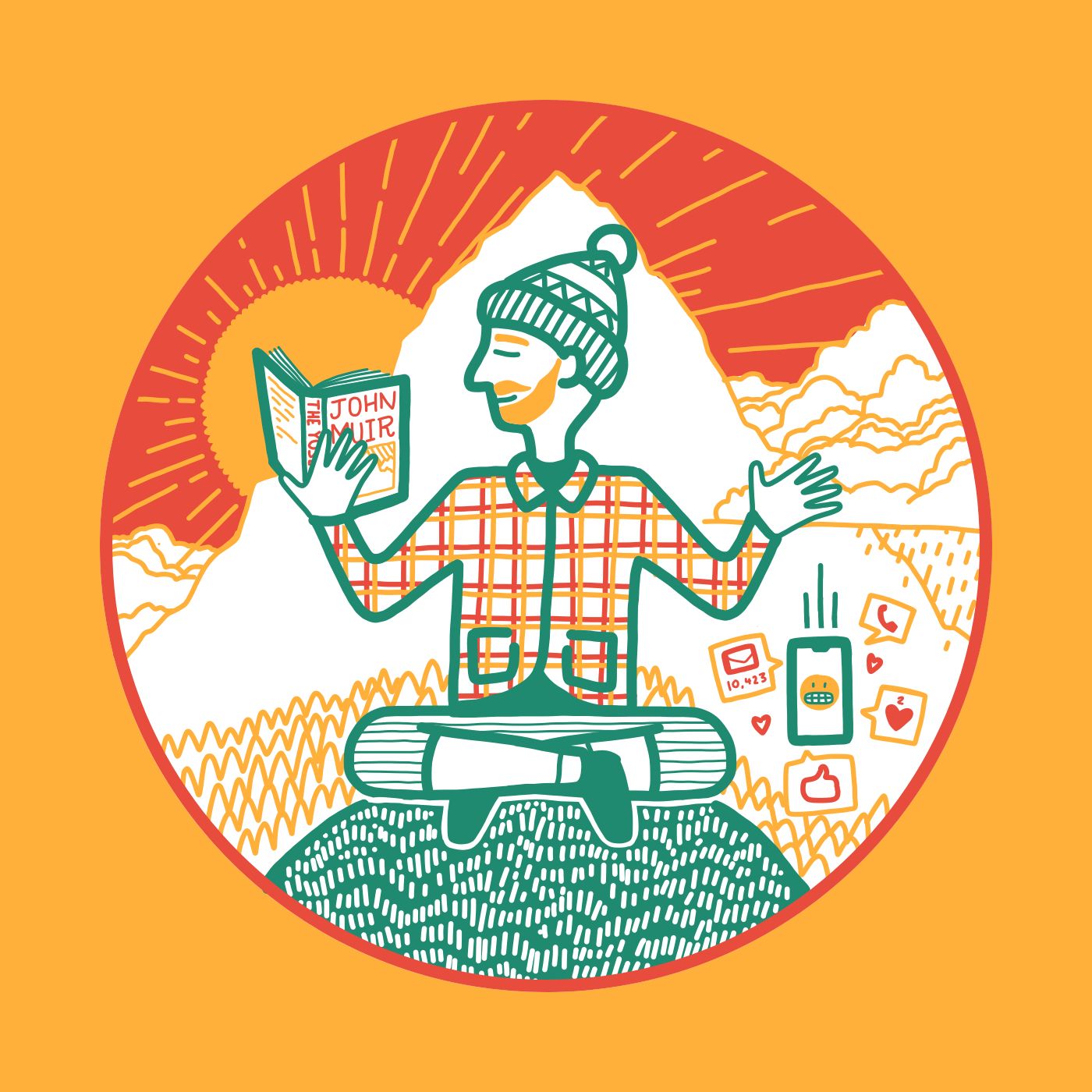Does anyone read anymore? You know, with real books and paper and that? Tim Frenneaux shares his thoughts on why you should turn your attention to print and gives us a few pointers on which adventure(y) tomes to start with.
My new Patagonia climbing pants have a feature that speaks volumes about the modern outdoor lover: a thigh pocket that securely secretes a smartphone in a handily accessible position.
This comes in useful as, like many readers, my adventurous self is a one part of the carefully curated online persona I manage on Instagram, along with family guy and wood-fired pizza master.
Books and journals are the ideal fodder for our last remaining refuges from the digital world.
I love my smartphone as a way of connecting with the outdoor community on Instagram, and with the outdoors itself. And whilst in many instances I prefer a paper map, I do love my Ordnance Survey app for giving me instant access to the nearest footpath. In times like struggling to find a camping spot in thick February fog, being able to follow the progress of a dot on a glowing screen becomes invaluable. Plus, I still marvel at rain radar and love my apps for tracking stars and identifying bird song.
I say this because you might find certain Luddite tendencies in what I’m about to discuss, which is the value of reading an actual book over using your smartphone. Or leafing not scrolling as I like to think of it.

Full disclosure, I would say this, as I run a monthly subscription scheme for printed outdoor literature – Adventurous Ink.
So, my issue with technology is who benefits. Que Bono? As the Bodega song goes, “Everyone is equally a master and a slave. How did this happen?”
I’ll tell you how it happened: technology.
There was a time when technology was universally acknowledged as being for the good. Fire helped us extract extra proteins and energy from woolly mammoths, which has been hypothecated as one of the main drivers of our unique evolutionary progress (the cooking, not the mammoths).
But those same evolutionary urges have been hi-jacked by the tech industry for their own ends. Impulses honed by natural selection are now being used against us. Smartphones have mapped millennia of neural pathways to ensure we become addicted to their pings, buzzes and little red dots. We are hooked. And it’s not good for us, as any number of ex-industry insiders, research papers and the hell-in-a-handcart brigade frequently remind us.
I’m sure it’s no coincidence that the graphs of birth-rates and smartphone use are heading in opposite directions!
Deep down, we know it too. None of us is pondering how we can spend more time with our phones. But simple solutions seem hard to stick.
Which is why I like making time to read actual printed words on actual paper. It’s a more transparent transaction: I give over some of my hard-earned cash in return for some information, insight or amusement, safe in the knowledge that no-one is tracking which pages I read in order to tailor ads at my algorithmically estimated persona, or looking to upsell me the final five pages.
Reading the printed word leads to a more absorbing approach, with no inbuilt distractions vying for the attention of your wandering thumb, an all too rare experience in our busy modern world, crammed with competing demands for your eyeballs and headspace.
Books and journals are also ideal fodder for our last remaining refuges from the digital world, those rare off-grid places where there is no phone or wifi signal.
And quite unlike a glowing screen, a good book is the perfect thing to read before you slip off to sleep, as generations of people used to know only too well. I’m sure it’s no coincidence that the graphs of birth-rates and smartphone use are heading in opposite directions!
So, what to read? Much modern outdoor literature references past works, here are the classic tomes that keep coming up time and again:
1. Nan Shepherd’s “The Living Mountain” – how it feels to be a mountain.
2. Roger Deakin’s “Waterlog” – the swim that launched a thousand wild swimmers.
3. John Muir “The Mountains of California” – wellspring of quotable content, and the National Park movement.
4. F. A. Worsley “Endurance” – a visceral first-hand account of adventure’s original epic.
5. Eric Langmuir “Mountaincraft and Leadership” – quite literally the bible for mountain enthusiasts.
From the modern canon, these would be my choice:
6. Bill Bryson “A walk in the woods” – easy reading and affectionate thru-hike along the Appalachian Trail.
7. Yvon Chouinard’s “Let my people go surfing” – a sacred scripture for all sustainable fanboys (hello!).
8. Al Humphrey’s “Microadventure” – round the world explorer discovers game-changing adventures on everyone’s doorstep.
9. Amy Liptrot “The Outrun” – life-changing re-connection with the natural world, from a writer in recovery from a London life.
10. Robert Macfarlane “Landmarks” – meta compilation of outdoor literature, phrases and terms.
So, next time your neurons fire you in the direction of your phone, pause for a moment and consider whether you wouldn’t be happier leafing than scrolling?
Go find yourself outdoors in the pages of a good book. It’s almost as good for you as being there.
You can thank me on Instagram later!
Tim runs Adventurous Ink, a simple way to find yourself outdoors, even if you can’t get there yourself. Every month subscribers receive a mystery outdoor literature publication hand-picked by the man himself, aimed to inspire adventure and reconnect you with the natural world.

